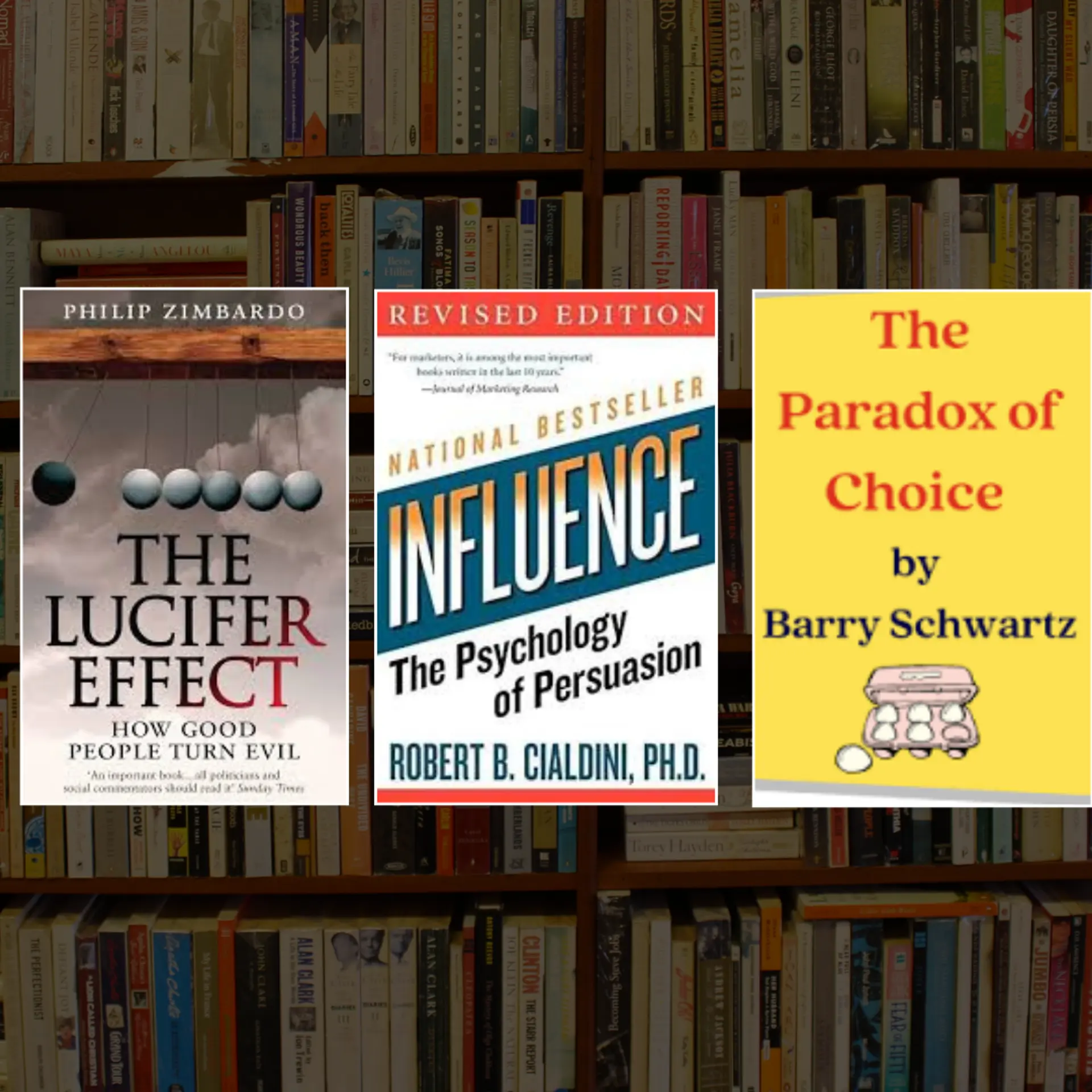The 5 boxes you must tick off to give your startup wings
You may be convinced that your brand/idea has potential, but creating a successful value proposition needs a committed approach.

Imagine if Uber had, after plenty of brainstorming, concluded that innovation meant building comfortable taxis for commuters. Instead, they saw the pain people underwent while booking cabs and chose to resolve that.
Many times we wonder if there is a framework that can help small businesses, growing brands, and startups focus on brand building and marketing in this complex digital world. That too, without losing sleep and focusing on all the other things that matter.
If you are one of those who wonder, you will agree there are enough things to distract you. There will be occasions where you feel lost, inadequate and insecure – is the market evolving faster than you can manage? You are convinced that your brand/idea has potential, but what to do with it seems like a big question.
It’s going to be an important question since building a brand and creating a successful value proposition needs a committed approach.
Success today is about adapting to change and this change is happening really rapidly.
Consider these four things as you begin the journey:
- What’s the current tension (among your likely audience) that you are trying to resolve?
- What’s the solution you have thought of, something your product or service is promising to do?
- Who exactly are your consumers, what do they do/read, how they spend their time, and what do you want them to do/feel as a result of your product or service?
- What are your brand’s values, how does it behave, communicate, create experiences, and deliver on the promise it makes?
How do we start? Let’s assume you broadly know the space your brand wants to operate in.
The problem/tension you are hoping to resolve
The best way is to look deep inside the consumer’s mind. That could be done by talking to them, looking at their conversations, conducting surveys or spending time with them, even living with them.
Lego did exactly that. After losing market share and realising this new “instant gratification” generation may not have the patience for Lego, they visited an 11-year-old German boy’s house. The Lego consumer showed off his worn-out sneakers as his prized possession, one that made him the best skateboarder amongst his peers.
The Lego team realised it was this social currency (among peers), that was most important to this boy within the skills he chose (in this case skateboarding).
You know the areas that interest you. Look for information and make a list of consumer’s reactions, insights, and other valuable information you can gather.
Now imagine the consumer’s journey towards purchase, the steps s/he would take to move towards completion of their action. Think of all the steps, multiple touch points and offline-online interactions they do in the category you are building.
The trick is to find areas where the consumer can have a frictionless experience. Experts call it Frictionless Customer Experience (FCX). Make a list of all possible “tension” or “friction” spots. Consumers can’t express what they need so the best way is be to watch them.
A digital design agency is creating a cafe on anticipatory design philosophy. The baristas get to know the customer is approaching even before s/he (through an iwatch for instance), and start preparing their favourite drink and keep it ready. They call this philosophy, “flow not friction”.
What’s your unique solution or offering
How do you create a unique offering? Something that is unlike what others are offering. A few great brands tick off the following boxes:
Benefit What is that special thing you are doing for the consumer?
Outcome What is it going to result in, eventually?
Story What is your unique narrative, your storytelling?
Strengths What is that makes you uniquely strong?
Think of it as the BOSS philosophy.
We will come to narrowing down the audience, but at this stage continue to think how your brand is adding value to their lives. Look at other competitors in your category and find some uniqueness you want your brand to be strong at.
If your brand can deliver something more than what your consumers are expecting you have a winning proposition. It can be a new concept or something incremental to an existing one, or even a different way of using an existing product or a service.
When I conduct corporate workshops, one of the activities we do is to ideate and create a radically new product out of a mashup of two or three existing products or services, keeping the consumer’s growing needs in mind.
Nike is a great example. Since the time the brand was created in 1971 along with its symbol, the Swoosh, it has focussed on innovation and used new technologies effectively. Their vision has continued to remain the same – “to connect with athletes to aspire and enable them to do better”. They’ve always stayed of the curve when it comes to fulfilling their consumers’ new, unmet needs.
Identify your audience
There is a trick here. It’s important to understand your audience, but in today’s time you need to do more work. I meet clients who say “I am thinking of a new content channel to provide intelligent content to children” or “I am a healthcare brand wanting to make booking appointments super easy”.
There are several great ideas and entrepreneurs out there.
But it’s important to microscopically observe your vast audience and build personas. Each will have a distinct need and will need a different approach and strategy.
The point is not to get trapped in the traditional - age, SEC classification. Instead, first think of people around you - teachers, gym co-members, colleagues, neighbours. Are there people who you think are most likely your target audience? If yes, wonderful! They are your target group. Define them. You will get different personas.
Unless you know your audience, you will fail to effectively talk to them. Get into a room and ask what drives them, what could be their favourite things, their hangouts.
What are they likely to do online and what can be offered to them that can add value to their lives? What is their unique “unmet” need that you could possibly fulfil? Always remember that consumers only have an existing reference to make. They cannot predict how they will respond to a new concept, or articulate a new need.
We know Snapchat created a radical shift in video creation with vertical videos. It realised consumers were not doing the normal thing when it came to creating videos (they held the phone vertically while talking or chatting, but changed the orientation when shooting videos). Snapchat let people record videos in the easiest way and with over 10 million vertical videos each day, we know it was a great shift.
Distil the essence of your brand
What is the essence of the brand that you want to build? Its values will manifest in the way your brand behaves, talks and communicates with your audience. You could be a healthcare brand, a book-reading app or a fitness product. You need to arrive at the essence of your brand.
Ask yourself what are the adjectives your brand is most likely to be associated with. Think of things important to you, close to your heart. These possibly are the values you want your brand to be associated with too. Go deep, it will help you create a personality. You could want to be bold, edgy. Or radical, rebellious. Don’t try to be like others. Be something new, unique, something that truly resonates with what you intend to be.
Defining your brand as a person is the best way.
You have looked at your competitors and differentiating yourself is key to success. Be true and authentic; it’s okay to defy set rules. See Tinder. It believes online dating should be as casual as going to a bar and worked on this theme. In fact, MIT Media Lab recently awarded a prize for shaking up status quo – the New Disobedience Award.
A whiteboard with inputs from all stakeholders and then segregating those inputs will work well. At the end, you should have a sense of the values you want your brand to be associated with, its personality and the tone.
Eventually, this will also become a great brief for your designer to come up with visual language, designs and the logo (if not already created).
While defining the vision, discuss what your brand wants to be, its reason to exist. Arrive at one statement - the big vision that will get etched in stone, something that you will eventually want to be, several years from now.
When P&G created beinggirl.com it was not to talk product, but to “illuminate" the TG’s world (the 11-14-year-old girls segment).
Give storytelling due importance
Storytelling is the best way to build a bond with your audiences. Find those unique aspects about your consumers' lives and build content around these micro moments and life experiences. Let there be emotion, because that’s what people associate with.
Good stories will lead to visibility and reach. With good visibility, your brand will get shareability.
Research is showing that our basic qualities - belonging, expression, self-discovery, emotions, and freedom – get the best connect when used in storytelling. Remember when Nike got Nancy, a runner who came 6,284th at the Boston marathon and lost her job and confidence, to run again, gave her running shows, and all the motivation she needed. She was no less a champion than the top runner. This is a story that stays true to Nike’s brand essence, a brand that doesn’t just sell footwear but stories of personal quest of excellence.
Storytelling comes in all forms and shapes. It is in shape of experiences related to customer care, it can be the actual product and packaging, or it can be in-store experiences.
How many times have we loved the Starbucks experience? They say a Starbucks store is the third place in the lives of its people, a quiet moment to gather your thoughts, a small escape. Starbucks people smile at you, making it a place that feels like a breath of fresh air.
Never forget the people you hire, your employees. Successful brands have this great desire to promote a culture that resonates with their brand.
Zappos, the online shoe and clothing retailer, gives a reverse reward for employees if they want to quit. It pays them money to quit if they think they aren’t fitting in.
Consistency is extremely important. At this stage you have your brand's reason to exist and values defined. The value of your brand will get built over time, as your customers grow and bond with it. The challenge is to stay on track and continue to strive to build loyalty.
Go ahead, rule the world. Talk to partners who can now show you how to best use digital, which channels to choose, what KPIs to keep, and how to develop smart impactful messaging. Persist with your enthusiasm, courage, hunger and willingness to adapt to unknown situations and you will do wonders!
(Disclaimer: The views and opinions expressed in this article are those of the author and do not necessarily reflect the views of YourStory.)







